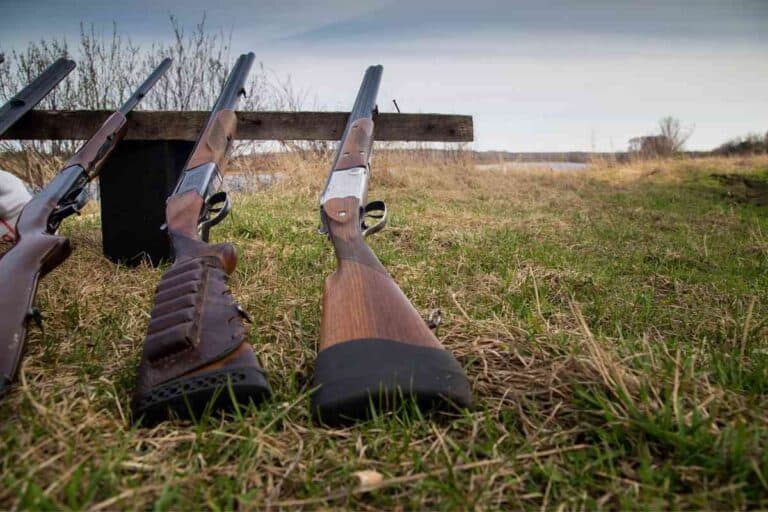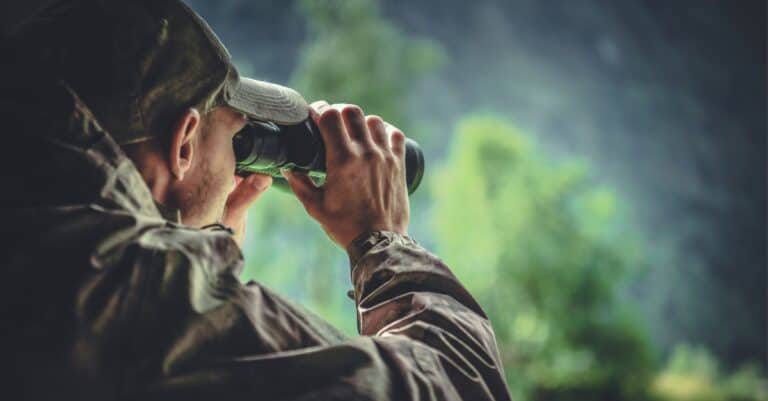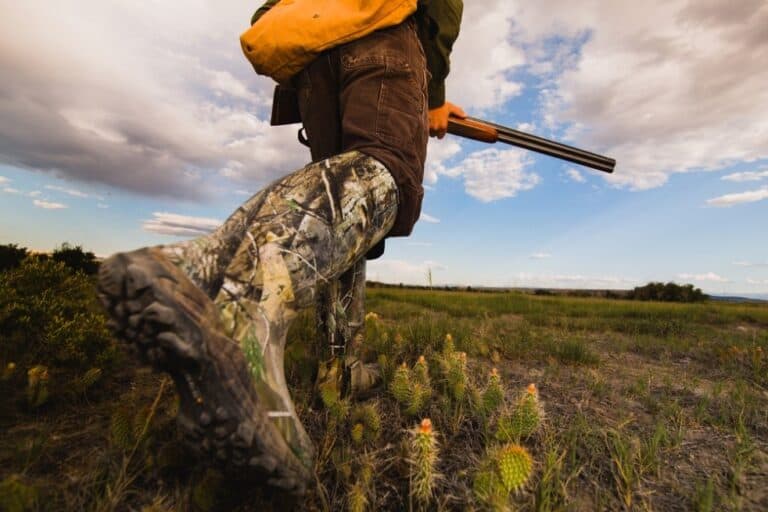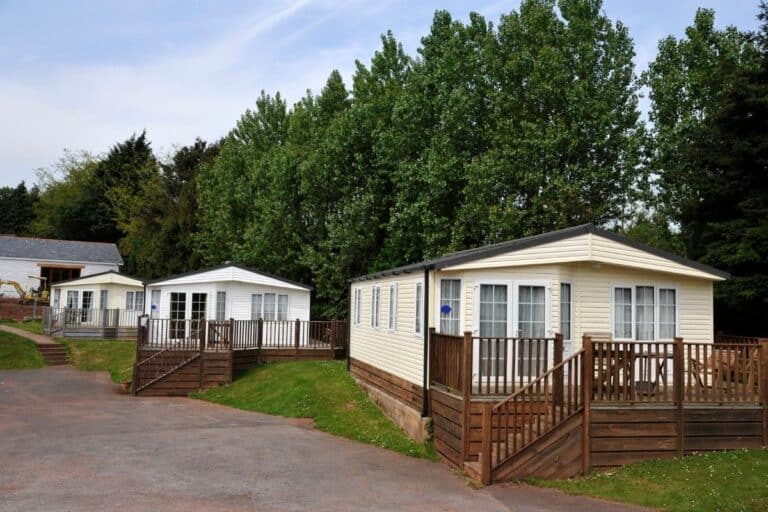Can You Target Shoot On Public Hunting Land In Iowa?
Have you ever wondered if Iowa’s expansive, open lands welcome those with a passion for target shooting amidst its natural beauty?
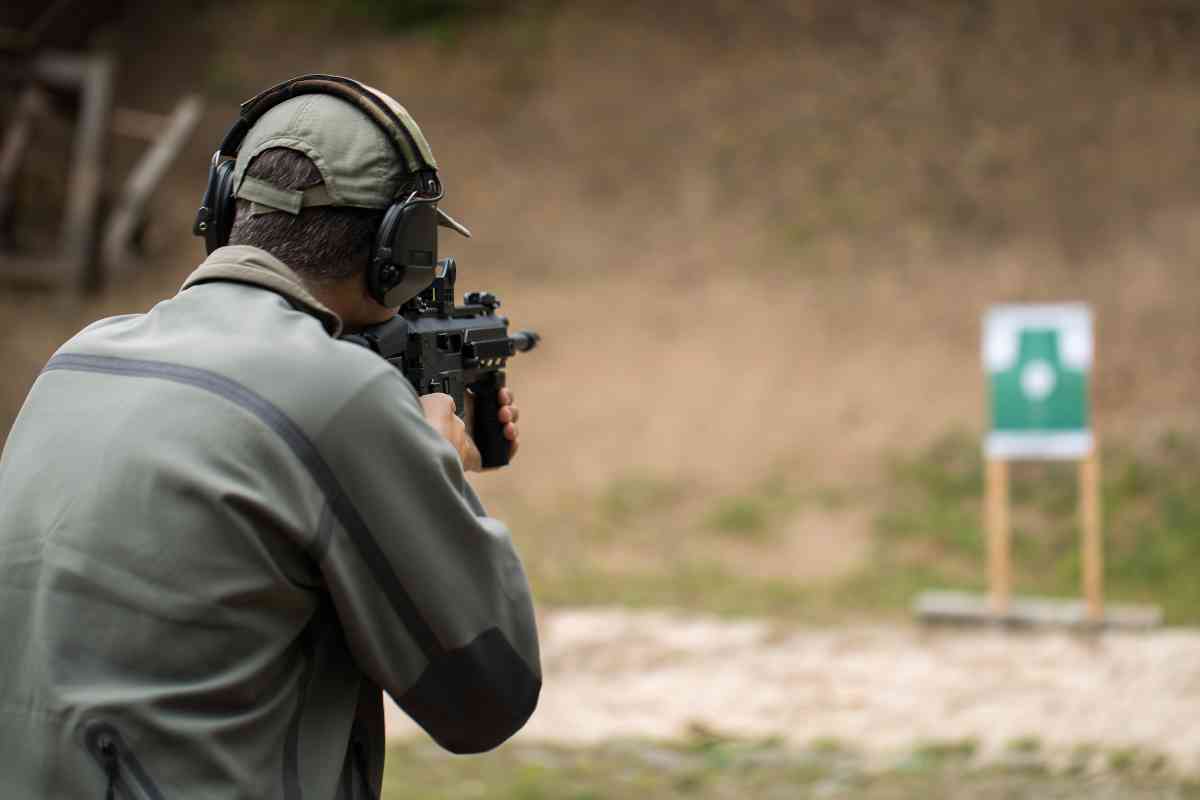
Related Post! Public Hunting Land: Designations, Permits, Everything You Need To Know
Can You Target Shoot On Public Hunting Land In Iowa?
The answer is a resounding yes! Iowa is not only a haven for hunters but also offers a unique opportunity for target shooters to practice their skills in a setting that is both challenging and breathtakingly beautiful. With specific seasons and programs designed for hunters and shooters alike, Iowa invites you to explore the wild in a manner that’s both structured and thrilling.
Key Conservation Takeaways
- Target Shooting Regulations: While Iowa offers extensive opportunities for recreational shooting, regulations are in place to ensure safety and conservation, including prohibitions near public highways and buildings.
- Hunting Seasons: Varied seasons for different game species help manage populations sustainably, aligning hunting practices with ecological needs.
- Public Land Access: With around 700,000 acres of public hunting land, Iowa provides ample opportunities for hunters while emphasizing the importance of responsible wildlife management.
- Wildlife Protection: The DNR’s protective measures for non-huntable species demonstrate a deep-seated commitment to biodiversity and ecosystem health.
Your Guide to Navigating Iowa’s Rich Outdoors

Related Post! Hunting Clubs: Everything You Need to Know!
The United States presents a mosaic of laws and regulations governing firearm use, reflecting the diverse approaches of its states to public safety and recreational activities. These regulations are tailored to balance the thrill of shooting sports with the imperative of public safety, taking into account factors such as the proximity to public infrastructure and the specific wildlife in each area. For instance, while some states welcome the use of handguns, muzzleloaders, and shotguns for target shooting, recognizing their relative safety, others impose stricter controls to mitigate potential risks.
In Iowa, the tradition of target shooting is embraced with a clear set of guidelines that ensure both the safety of participants and the preservation of the state’s rich wildlife heritage. Specific times are designated for shooting activities, such as the period for deer shooting, which extends from 30 minutes before sunrise to 30 minutes after sunset. This careful scheduling underscores Iowa’s commitment to providing a safe, enjoyable environment for target shooters while respecting the natural rhythms of its wildlife.
Before setting out on your target shooting adventure in Iowa, it’s essential to familiarize yourself with the local policies and regulations. This preparation ensures that your experience is not only enjoyable but also in harmony with the state’s conservation efforts and public safety standards. Whether you’re drawn to the thrill of marksmanship, the beauty of Iowa’s landscapes, or the camaraderie of the shooting community, the state’s public hunting lands offer a welcoming and well-regulated environment for you to explore your passion.
Target Shooting on Public Hunting Land in Iowa
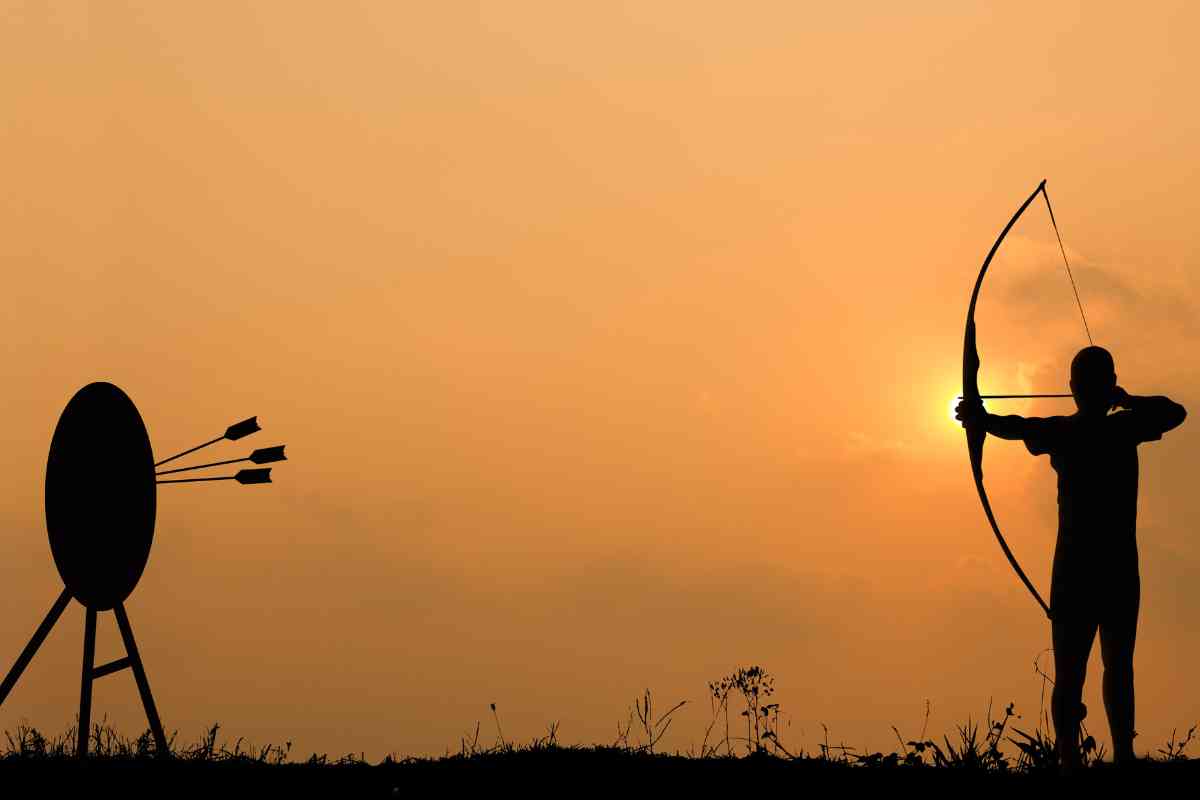
Iowa’s landscapes offer not just breathtaking vistas but also a unique playground for target shooting enthusiasts. The Department of Iowa Natural Resources (DNR) has thoughtfully integrated seasonal target shooting on public land into the state’s outdoor recreation offerings. This approach is deeply rooted in a commitment to both conservation and the safety of Iowa’s communities. As such, while the state warmly invites you to refine your marksmanship amidst its natural splendor, it wisely prohibits shooting near public highways, residential areas, and commercial buildings to safeguard its residents.
For those eager to embrace this thrilling activity, the state endorses the use of bows, handguns, muzzleloaders, and shotguns. This selection not only honors Iowa’s rich hunting heritage but also aligns with stringent safety protocols. To ensure that everyone participating is both responsible and skilled, the state mandates possession of a hunting license and pertinent documentation that validates your expertise and rightful ownership of your equipment.
Related Post! The 8 Best And Worst States For Buying Cheap Hunting Land
Hunting Rules By Season
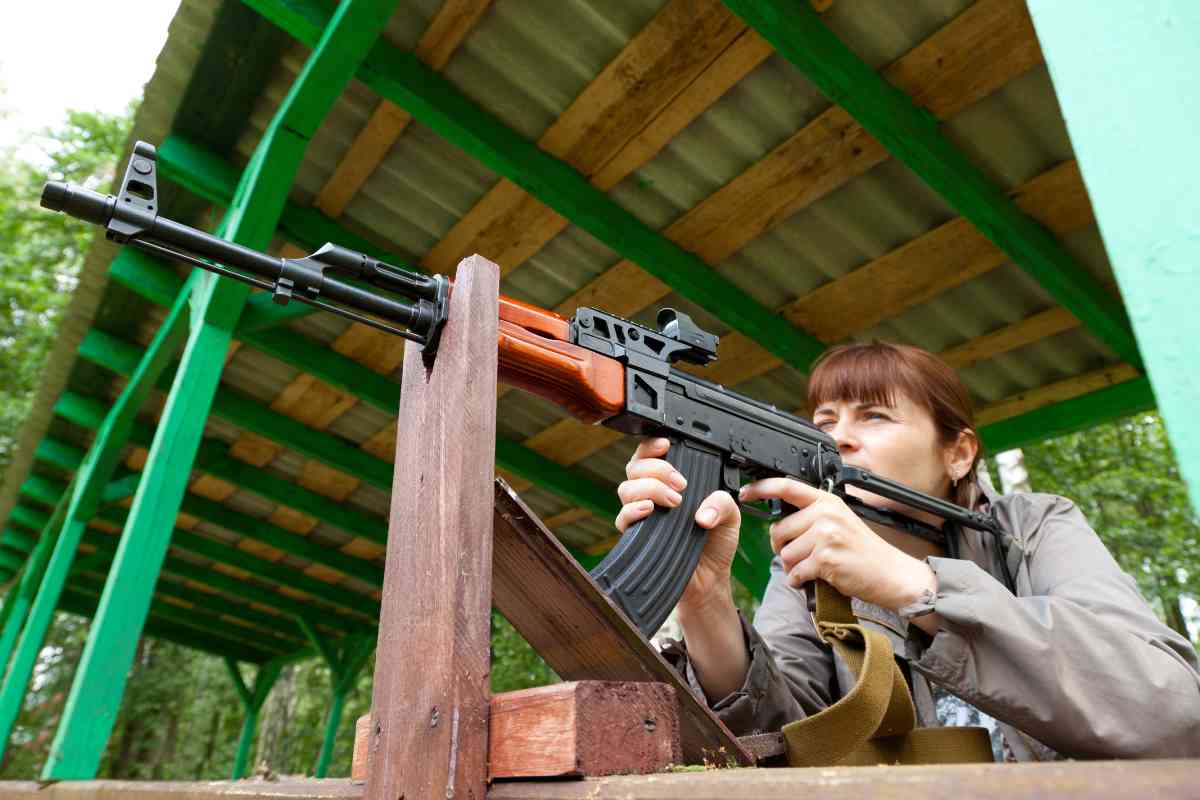
Iowa’s dedication to maintaining a harmonious balance between human activity and wildlife preservation is evident in its seasonal scheduling of target shooting and hunting. This meticulous planning allows you to pursue various game species throughout the year in alignment with their natural behaviors and habitats. Whether you’re drawn to the grace of birds in flight or the stealth of terrestrial game, Iowa’s seasons offer a structured yet thrilling experience for every outdoor enthusiast.
For novices or those looking to polish their shooting skills, Iowa boasts several top-tier training facilities. These ranges are not just about practicing your aim; they’re about immersing yourself in a culture of safety, respect, and environmental stewardship.
Spotlight on Iowa’s Premier Shooting Ranges
- The Banner Shooting Range: Nestled in an environment that epitomizes cleanliness and safety, this range offers specialized training in the use of pistols, rifles, and shotguns. Under the vigilant supervision of seasoned safety officers, you’ll practice with clay mounts and manual clay throwers set at varying distances to perfect your aim.
- Brushy Shooting Range: Located in the heart of Webster County, Brushy extends the invitation to refine your skills with shotgun, rifle, pistol, and muzzleloader in hand. The facility’s commitment to safety is mirrored in its stipulation that only clay targets may be used for shotgun practice, ensuring that the shooting power is appropriately matched to the target.
- Hawkeye Shooting Range: This Johnson County facility not only offers varied targets, including benches and berms for different yard distances but also welcomes the use of steel targets for pistol shooting, provided they’re placed at least 100 yards from your shooting point. With an additional location in Swisher, Hawkeye caters to those looking to practice shotgun and archery within a 20 to 60-yard range.
- Hull Shooting Range: In the serene setting of Mahaska County, Hull provides a blend of berms and benches for a range of 50 to 100 yards. Safety is paramount, with measures in place to ensure that no shot leaves the range. This facility also encourages the practice on clay targets, emphasizing the importance of clean-up post-session to preserve the natural beauty of the area.
Related Post! Leasing Hunting Land: Total Cost Guide & How To Make It Worth It
Wild Games that you can Target Shoot in Iowa’s Public Land
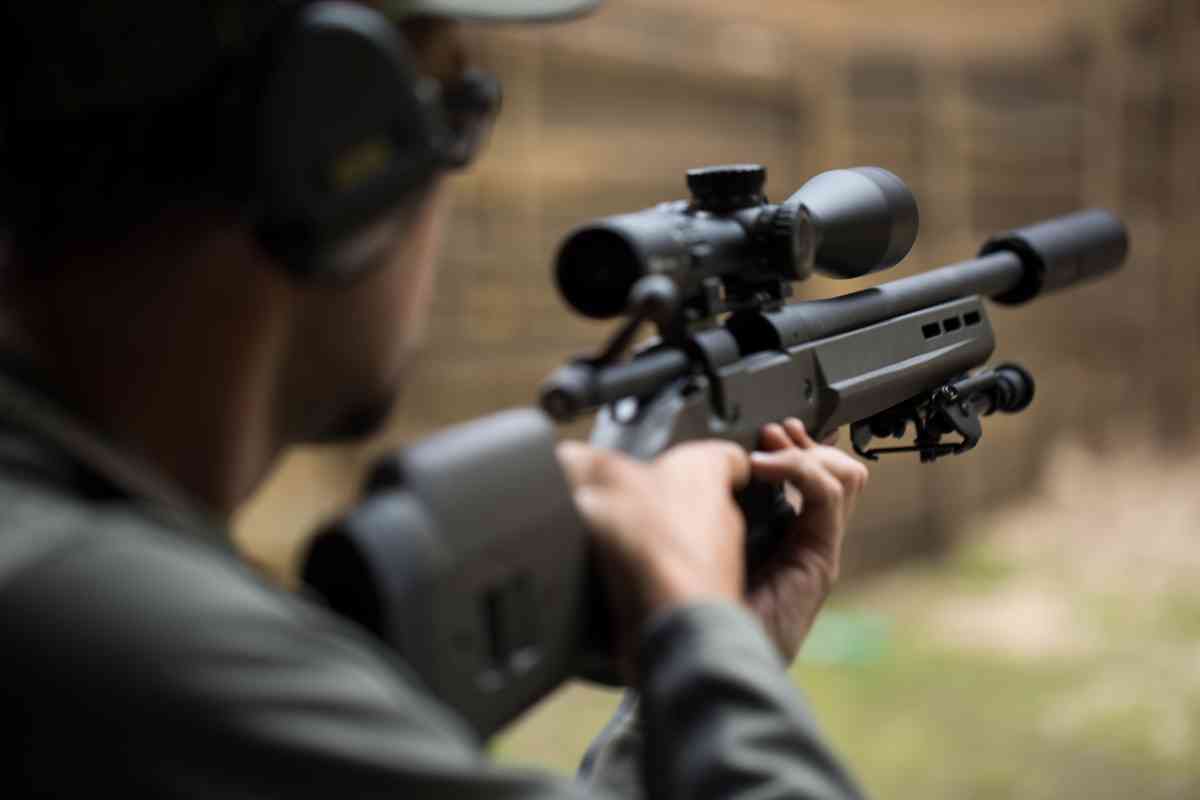
Iowa’s vast landscapes and rich biodiversity offer a unique backdrop for hunters and conservationists alike, blending the spirit of outdoor sportsmanship with a deep-rooted commitment to environmental stewardship. As the Department of Iowa Natural Resources (DNR) outlines, the state’s approach to hunting is both inclusive and regulated, ensuring a harmonious balance between the thrill of the hunt and the health of its ecosystems.
Coyotes: Balancing Farming and Nature
Iowa permits the hunting of coyotes with shotguns and rifles, recognizing their impact on the farming sector through livestock predation. The state endorses ethical practices, allowing the use of infrared rifle scopes and baits under specific conditions, underscoring the importance of responsible hunting. Hunters are advised against abandoning their quarry, encouraging the utilization of the animal’s fur or hide, which reflects Iowa’s ethos of respect for the wildlife it hosts.
Deer: A Testament to Regulated Hunting
The legalization of deer hunting on public lands in 2017 came with stringent guidelines on the types of firearms permissible, ranging from .300 to .500 caliber, whether semi-automatic or single-shot. Iowa’s policies emphasize safety and respect for the surrounding communities, especially concerning proximity to public highways.
Bobcats: Night Hunters Under the Moon
Iowa’s specific seasons for bobcat hunting, from November to January, illustrate the state’s commitment to preserving its furbearer populations. While night hunting is permitted, it’s done under the natural glow of the moonlight, barring the use of infrared tools, which fosters a traditional and environmentally conscious hunting experience.
Wild Turkeys: Conservation Success Stories
The resurgence of wild turkeys in Iowa, from the brink of extinction in the early ’90s to their flourishing numbers today, stands as a beacon of successful wildlife management. Hunting permits for non-residents reflect a controlled approach to maintain this triumph, allowing the harvest of one turkey per day to ensure sustainable populations.
Migratory Birds: A Symphony of Seasons
Iowa’s bounty extends over 20,000 acres across 51 counties, offering a haven for hunters of migratory birds like the ruffed grouse, pheasant, bobwhite quails, and mourning doves. Each species enjoys protections and specific seasons to ensure their populations thrive, from the dense cover ideal for pheasants in the northwestern counties to the southern reaches where bobwhite quails find sanctuary.
- Ruffed Grouse: Esteemed for its elusive nature, the ruffed grouse’s season spans October to January, with hunters limited to three birds, ensuring the species’ continual presence in Iowa’s woodlands.
- Pheasant: Emblematic of Iowa’s hunting culture, pheasants find a stronghold in Dickinson County, with the state allowing a harvest of three birds per season to balance enthusiasm for the sport with conservation.
- Bobwhite Quails: Once on the edge of extinction, the rebound of the bobwhite quail population is a testament to diligent wildlife management, with a generous season extending from October to January and a daily bag limit of eight birds.
- Mourning Dove: Thriving among Iowa’s fields, the mourning dove’s abundance is managed through a daily bag limit of 15 birds, reflecting both the species’ robust numbers and the state’s commitment to balanced ecosystems.
Iowa’s structured approach to hunting and wildlife management not only caters to the hunter’s pursuit but also to the broader mission of preserving the natural heritage for future generations. It’s a narrative of cooperation, quality of life, and legacy, where each hunter’s respect for the regulations mirrors a deeper reverence for Iowa’s wild spaces. As stewards of this land, hunters are integral to the ongoing story of conservation, ensuring that Iowa’s natural splendor and its inhabitants thrive for generations to come.
Related Post! The 5 Must-Have Weather Tools For Every Serious Hunter
Wild Games you cannot shoot in Iowa’s Public Hunting Land
Iowa’s rich tapestry of wildlife is a testament to the state’s commitment to conservation and ecological balance. The Department of Iowa Natural Resources (DNR) is at the forefront of efforts to protect diverse species, ensuring that the state’s natural heritage endures for generations to come. This commitment extends beyond the thrill of the hunt to the preservation of species that play critical roles in the ecosystem.
In the delicate dance of nature, every species plays a role, and the DNR takes a holistic approach to wildlife management. This includes considering habitat preservation, food availability, and the input of native ethnic groups. Some species require control through hunting to prevent overpopulation, while others are protected or even assisted through breeding programs to avoid extinction. The cost and complexity of restoring nearly extinct species underscore the importance of proactive conservation efforts.
Certain wild animals are shielded from hunting on Iowa’s public hunting lands, highlighting the state’s dedication to their survival and flourishing.
- Snakes: With 30 species calling Iowa home, snakes are crucial for controlling the population of smaller animals. Only four species are venomous, but the state imposes strict regulations on hunting, with protections extended to most species to preserve their beneficial roles in ecosystems.
- Hawks: Recognized for their significant role in controlling prey populations, hawks are protected due to their relatively sparse numbers. Hunting hawks and owls without explicit permission from the migratory bird authority is strictly prohibited, illustrating the state’s commitment to safeguarding these majestic birds of prey.
- White Deer: Distinct from their more common whitetail cousins, deer with more than 50% white coloring are protected under law due to their rarity. This protection reflects a broader effort to maintain the genetic diversity and health of deer populations across the state.
- Mudpuppy: This unique aquatic salamander, found in Iowa’s waters, is protected due to its endangered status and low reproductive rate. The mudpuppy’s survival is crucial for the ecological balance of aquatic habitats.
A Legacy of Stewardship
Iowa’s approach to wildlife management and conservation is a model of stewardship, blending recreational use of natural resources with a profound respect for ecological balance. Through regulated hunting, habitat preservation, and species protection, Iowa maintains its natural resources, ensuring that its wild inhabitants thrive. This commitment not only enriches the quality of life for Iowans but also secures a legacy of biodiversity for future generations to inherit and cherish.
Related Post! Best Binoculars for Hunting
Frequently Asked Questions
How can I support conservation efforts in Iowa?
Supporting conservation efforts in Iowa can be as simple as purchasing Iowa’s natural resources plates for your vehicle. This initiative by the Iowa Department of Natural Resources (DNR) not only beautifies your ride with imagery of the state bird or brook trout but also directly contributes to the preservation and enhancement of Iowa’s natural beauty and wildlife. Additionally, becoming a subscriber to DNR updates can keep you informed on conservation projects in need of support.
What safety equipment is required for hunting in Iowa?
The Iowa DNR mandates the use of safety glasses and appropriate targets to ensure the safety of hunters and the surrounding environment. Hunter education is highly recommended, and in some cases, required, to ensure that all participants are knowledgeable about safety tips, including wearing hunter orange and carrying a first-aid kit. Archery safety and the use of proper arrows and a quiver are also emphasized for bow hunters.
Are there any specific rules for target shooting on public lands in Iowa?
Yes, the Iowa DNR sets specific guidelines for target shooting to ensure public safety and the well-being of wildlife. Target shooting is prohibited near public highways, buildings, and within the corporate limits of the city. Shooters are encouraged to use lead shot or alternative ammunition to reduce litter and pollution. All recreational shooters must follow local ordinances and ensure they shoot in designated areas away from property lines and in compliance with Iowa code.
How does Iowa regulate the hunting of furbearers and game birds?
The Iowa DNR manages furbearer and game bird populations through regulated seasons, requiring hunters to obtain annual permits and adhere to specific bag limits. The use of bows and shot ammunition of appropriate size is regulated to ensure ethical hunting practices. For game birds, including migratory species, hunters must follow federal and state regulations to protect these populations. Landowner consent is required for hunting on private land, emphasizing the importance of cooperation and respect for Iowa’s natural resources.
Can I use digital resources for hunting and fishing regulations in Iowa?
Absolutely. The Iowa DNR and other official government organizations provide a wealth of information on their gov websites and through web apps available for iOS devices. These digital resources offer up-to-date regulations, safety tips, and even maps for recreational trails and public hunting lands. Hunters and anglers are encouraged to utilize these tools for planning their outdoor activities, ensuring they have important access information and can comply with all legal requirements.


